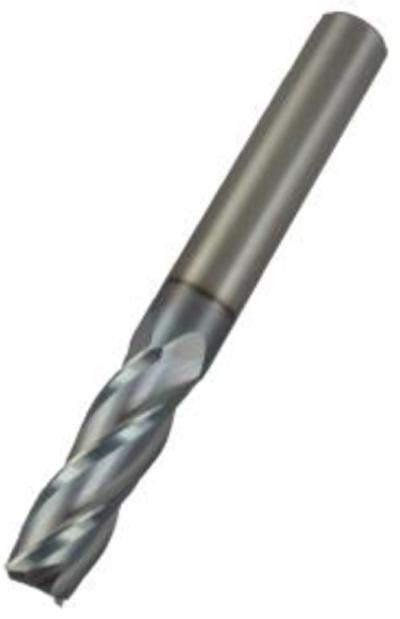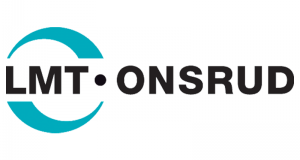
LMT Onsrud LP offers a three flute and four flute cutting tool (54-200 series) specifically designed to easily machine some of the most challenging and abrasive characteristics inherent to glass-reinforced plastic (GRP).
Fiberglass or glass-reinforced plastic is a composite material composed of glass fibers acting as a reinforcing agent when combined with a plastic or polymer resin. This material can be designed in layers oriented in various directions, in a chopped strand mat or through a pultrusion process; all to achieve the desired stiffness and strength needed for the application. Cutting these various lay-ups can be difficult in that the cutting geometry must include both a shearing of the glass fibers while creating a chip which removes heat from the cut to avoid melting of the material.
The LMT Onsrud 54-200 series has a flute form that allows a carving cut as opposed to the typical grinding approach. This positive geometry allows for more shearing forces to occur. The combination of the optimal high rake (16°) and the clearance angles create a sharp cutting edge which shears the fibers and aids in the removal of heat from the cut. The secondary clearance, along with the open flute shape and a deep, polished flute design, is essential for efficient evacuation of the cut material. A heavier tool core stabilizes the tool, allowing for a chatter free finish in the application.
The LMT Onsrud line of three and four flute tools for machining glass-reinforced plastic have been exclusively developed to aggressively machine the various processing methods used to produce these GRP materials. These cutters provide improved finishes over other cutting tools in the marketplace and the proprietary Nanosphere coating greatly increases tool life, approximately 2 times over the uncoated tool which in-turn improves production capacity. Tooling is available in either an upcut or downcut configuration and are designed to be equally adaptable to low and high spindle speed applications in any CNC machining environment.
Contact Details
Related Glossary Terms
- abrasive
abrasive
Substance used for grinding, honing, lapping, superfinishing and polishing. Examples include garnet, emery, corundum, silicon carbide, cubic boron nitride and diamond in various grit sizes.
- chatter
chatter
Condition of vibration involving the machine, workpiece and cutting tool. Once this condition arises, it is often self-sustaining until the problem is corrected. Chatter can be identified when lines or grooves appear at regular intervals in the workpiece. These lines or grooves are caused by the teeth of the cutter as they vibrate in and out of the workpiece and their spacing depends on the frequency of vibration.
- clearance
clearance
Space provided behind a tool’s land or relief to prevent rubbing and subsequent premature deterioration of the tool. See land; relief.
- computer numerical control ( CNC)
computer numerical control ( CNC)
Microprocessor-based controller dedicated to a machine tool that permits the creation or modification of parts. Programmed numerical control activates the machine’s servos and spindle drives and controls the various machining operations. See DNC, direct numerical control; NC, numerical control.
- grinding
grinding
Machining operation in which material is removed from the workpiece by a powered abrasive wheel, stone, belt, paste, sheet, compound, slurry, etc. Takes various forms: surface grinding (creates flat and/or squared surfaces); cylindrical grinding (for external cylindrical and tapered shapes, fillets, undercuts, etc.); centerless grinding; chamfering; thread and form grinding; tool and cutter grinding; offhand grinding; lapping and polishing (grinding with extremely fine grits to create ultrasmooth surfaces); honing; and disc grinding.
- rake
rake
Angle of inclination between the face of the cutting tool and the workpiece. If the face of the tool lies in a plane through the axis of the workpiece, the tool is said to have a neutral, or zero, rake. If the inclination of the tool face makes the cutting edge more acute than when the rake angle is zero, the rake is positive. If the inclination of the tool face makes the cutting edge less acute or more blunt than when the rake angle is zero, the rake is negative.
- stiffness
stiffness
1. Ability of a material or part to resist elastic deflection. 2. The rate of stress with respect to strain; the greater the stress required to produce a given strain, the stiffer the material is said to be. See dynamic stiffness; static stiffness.

